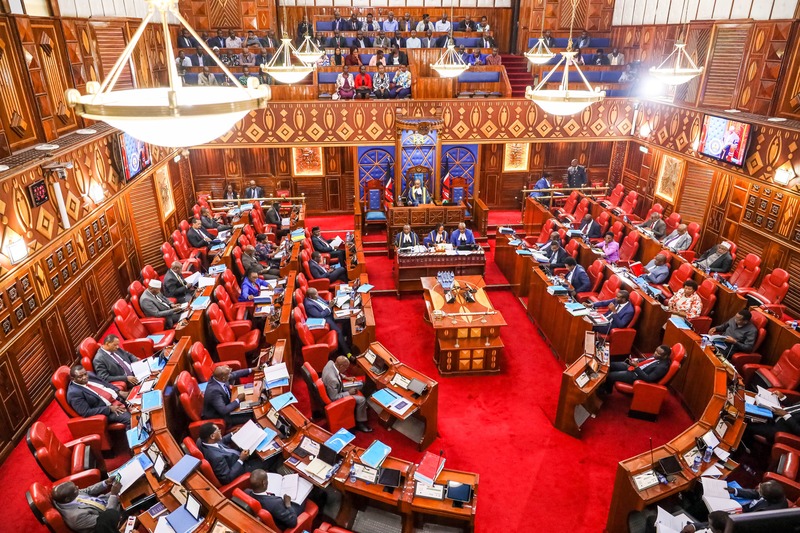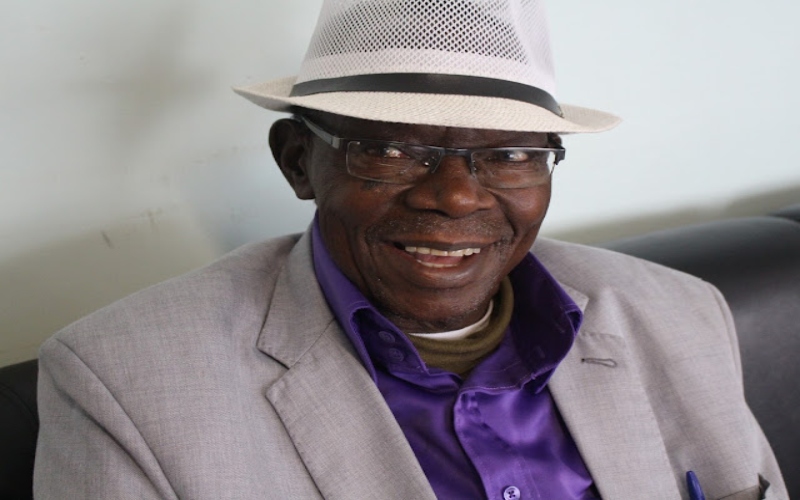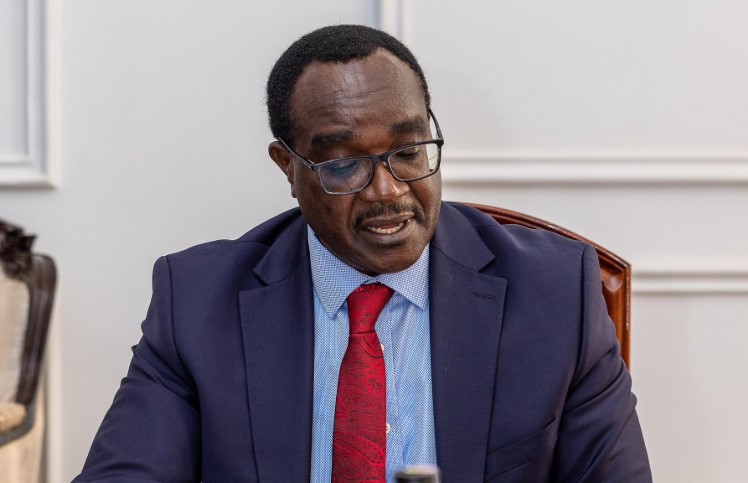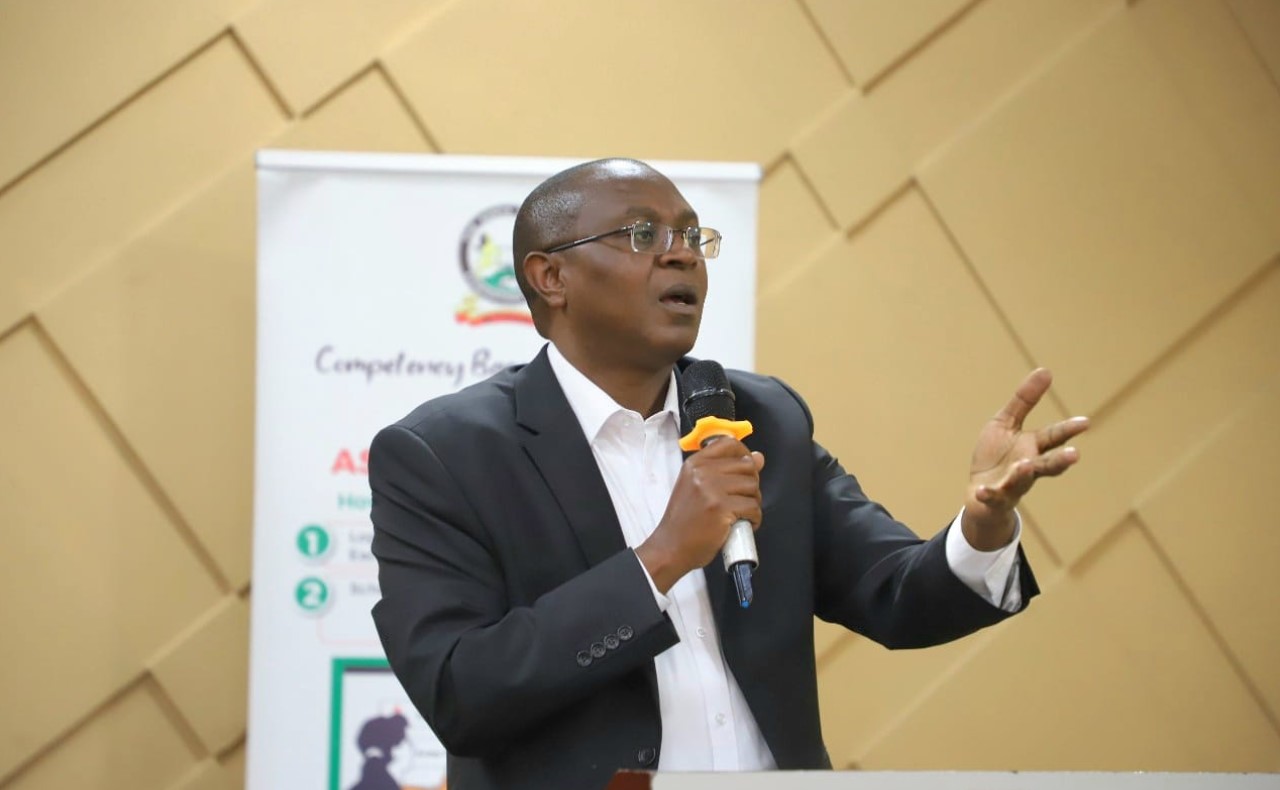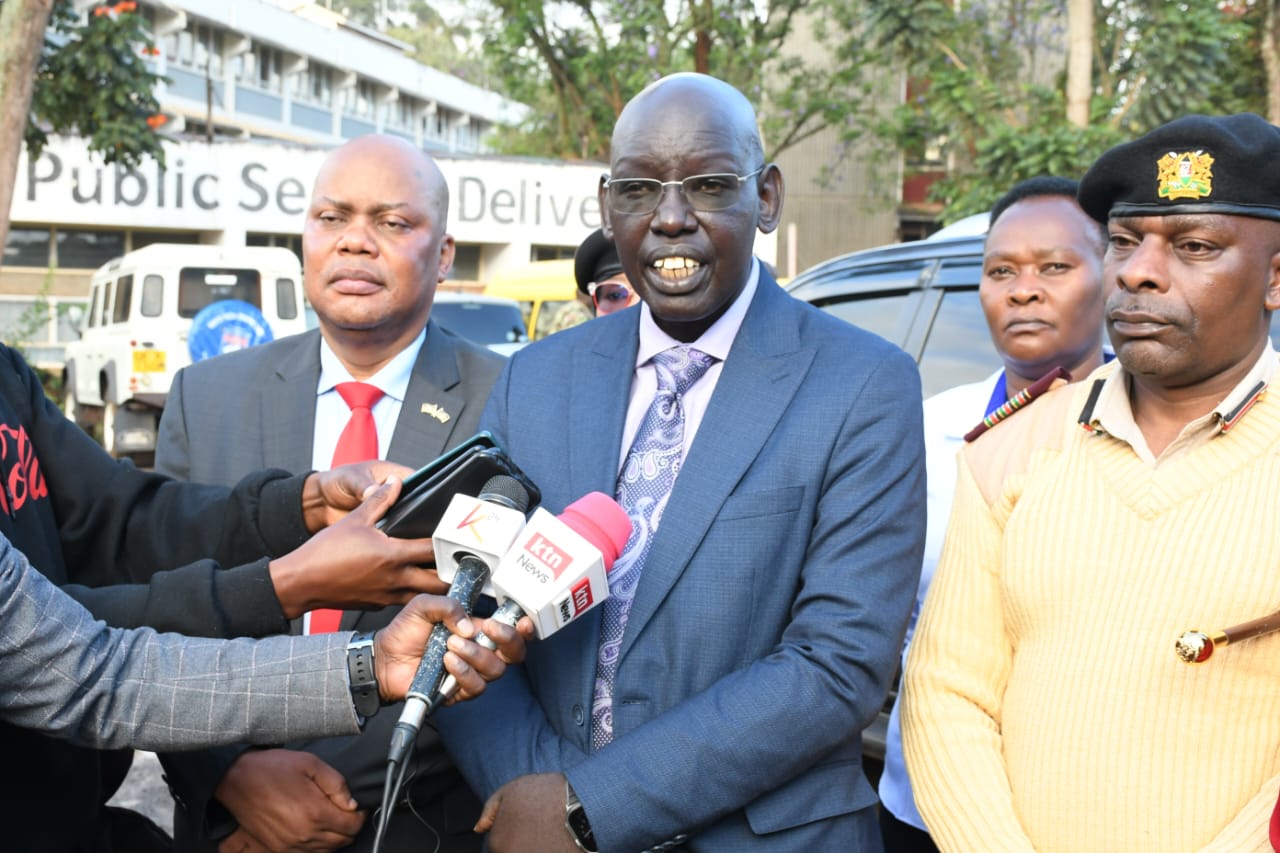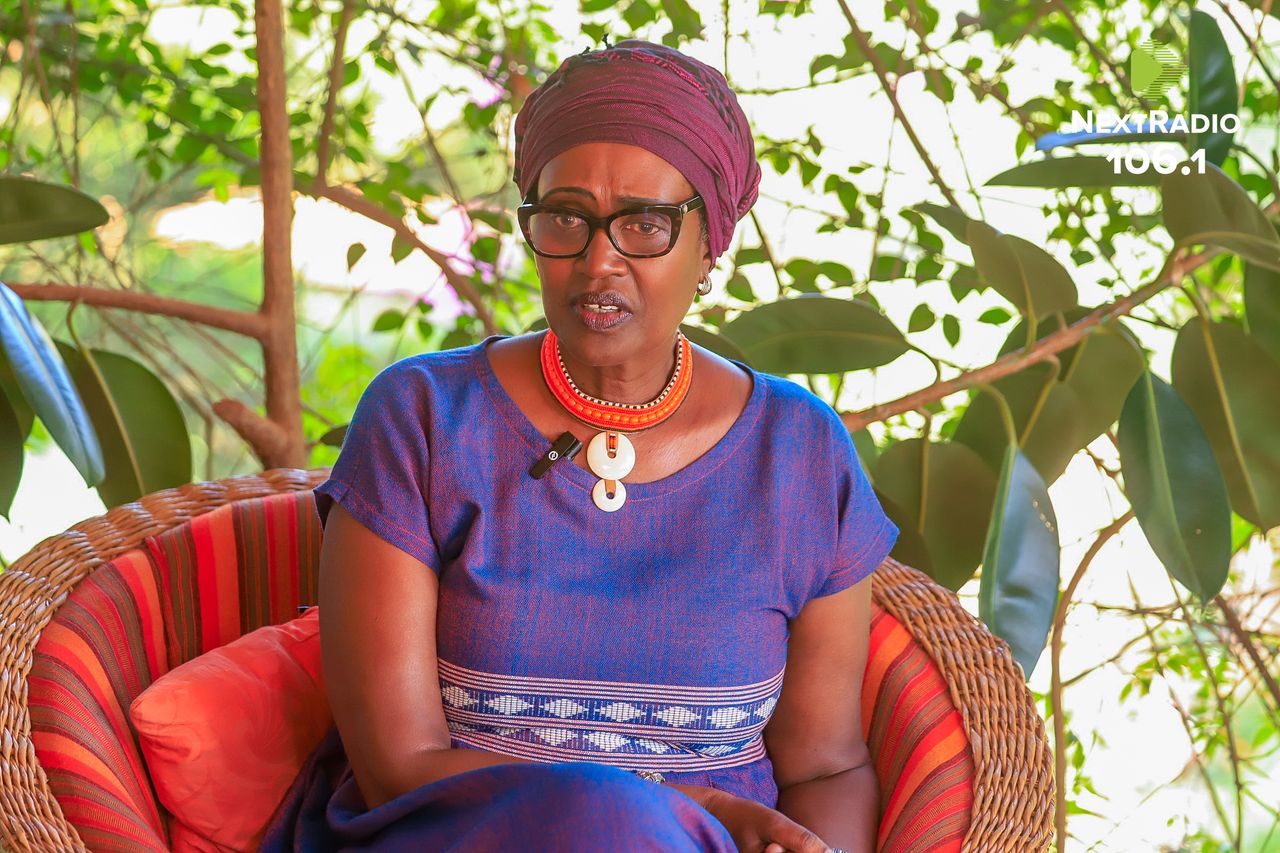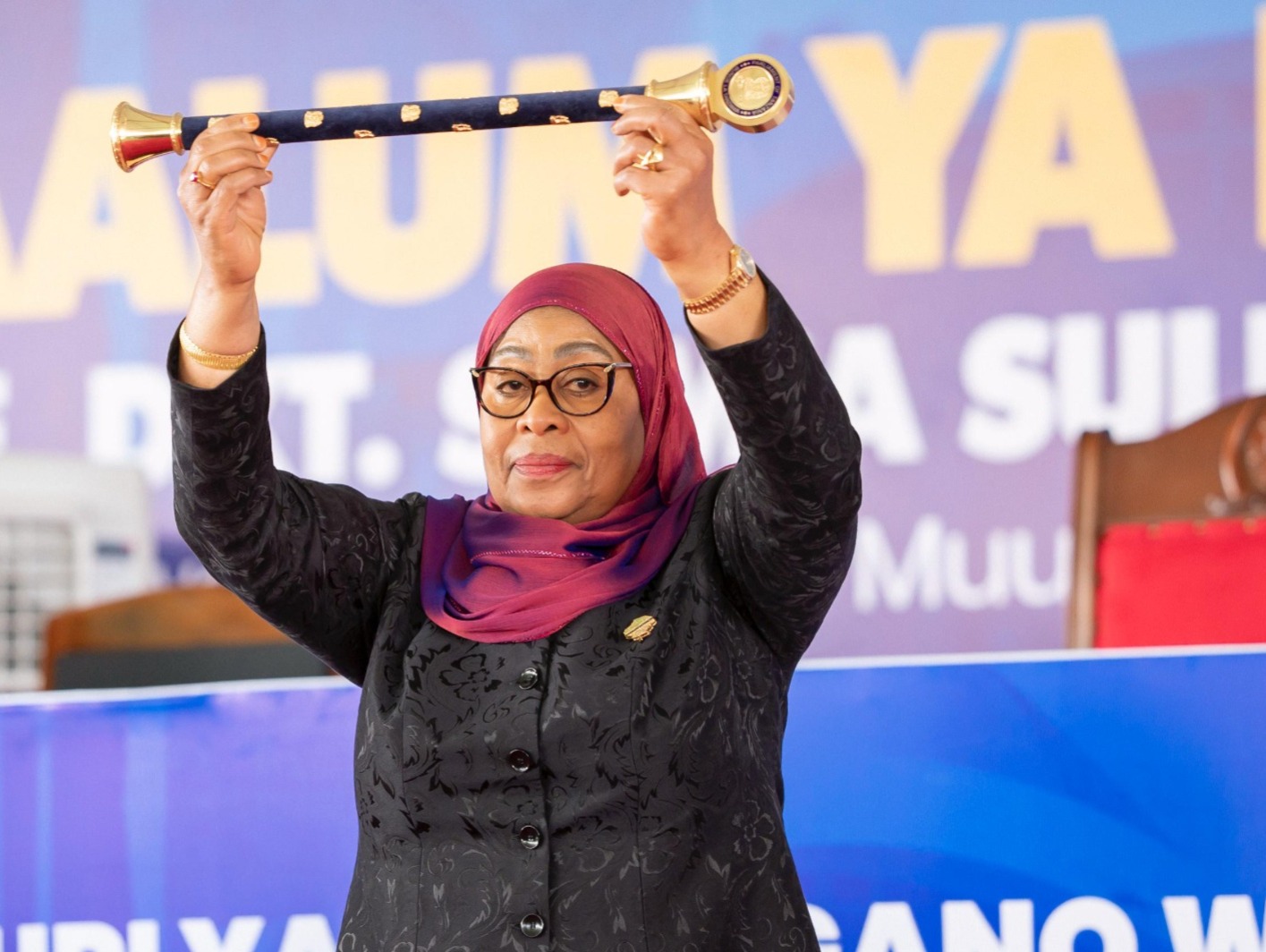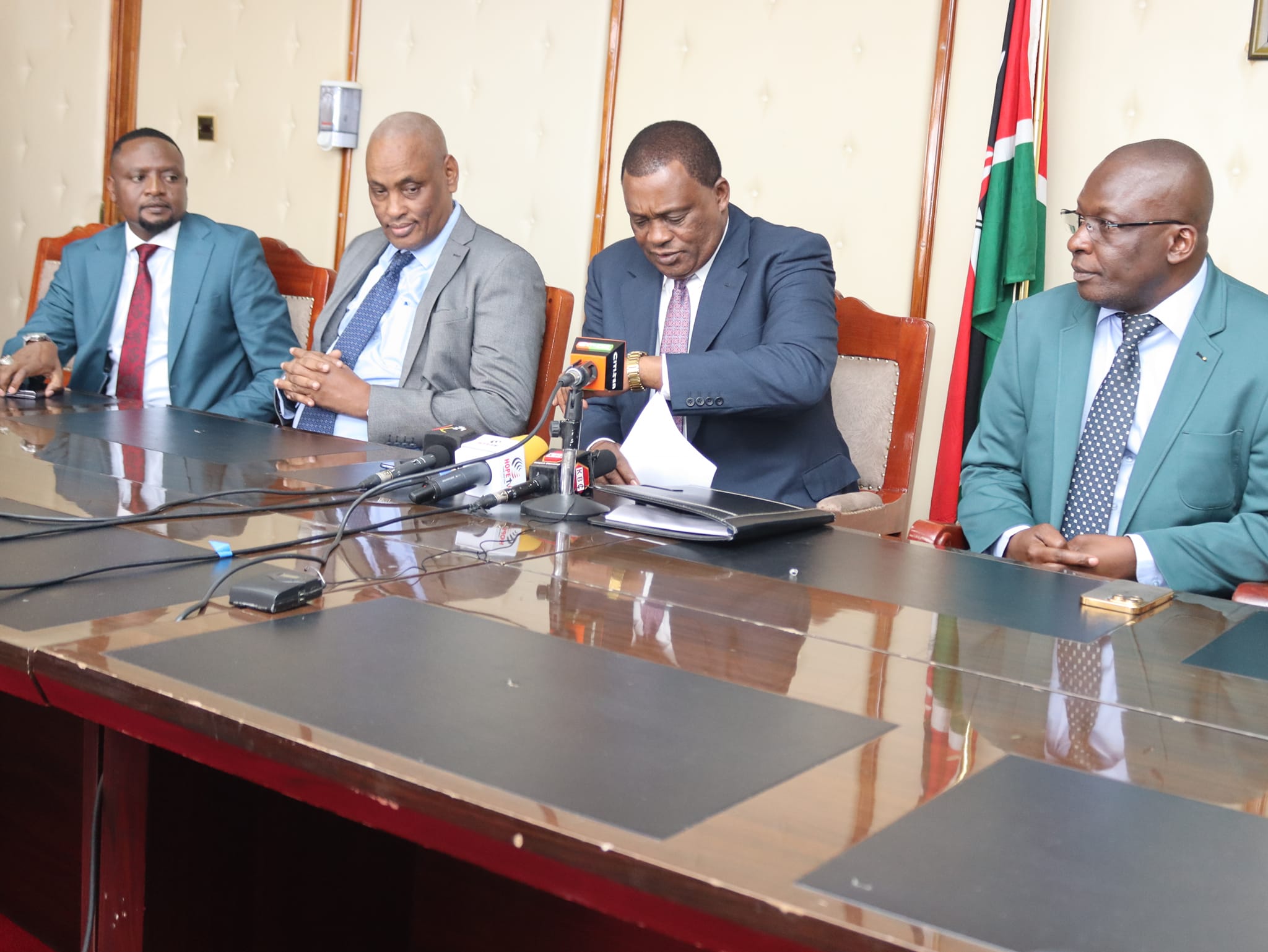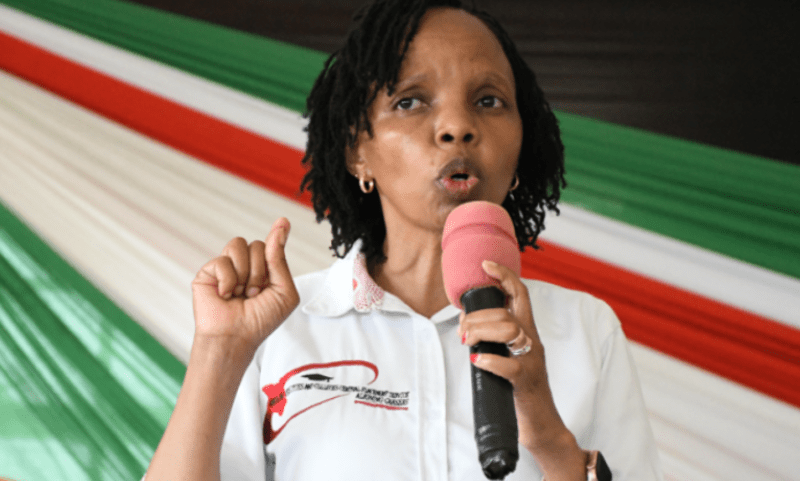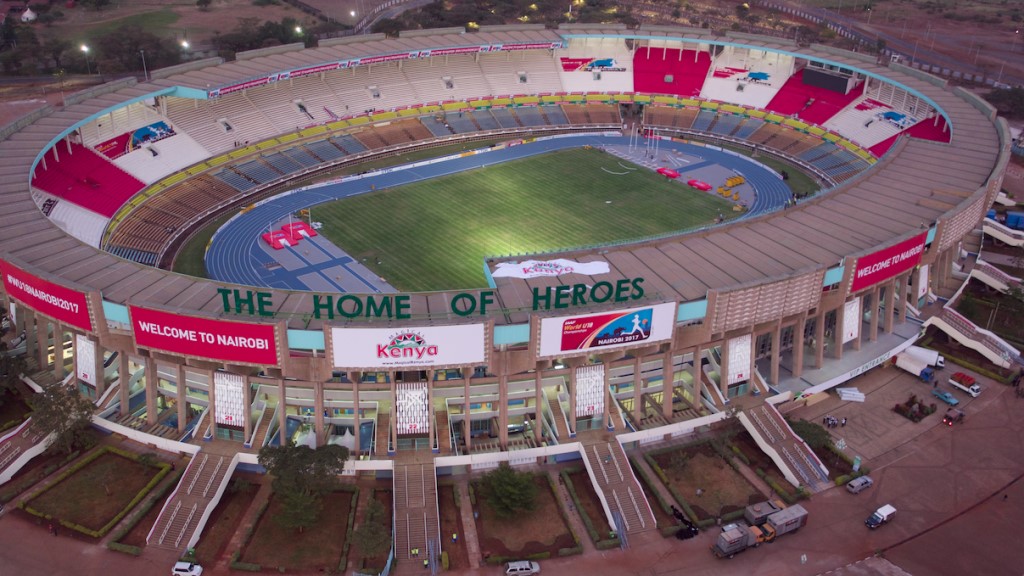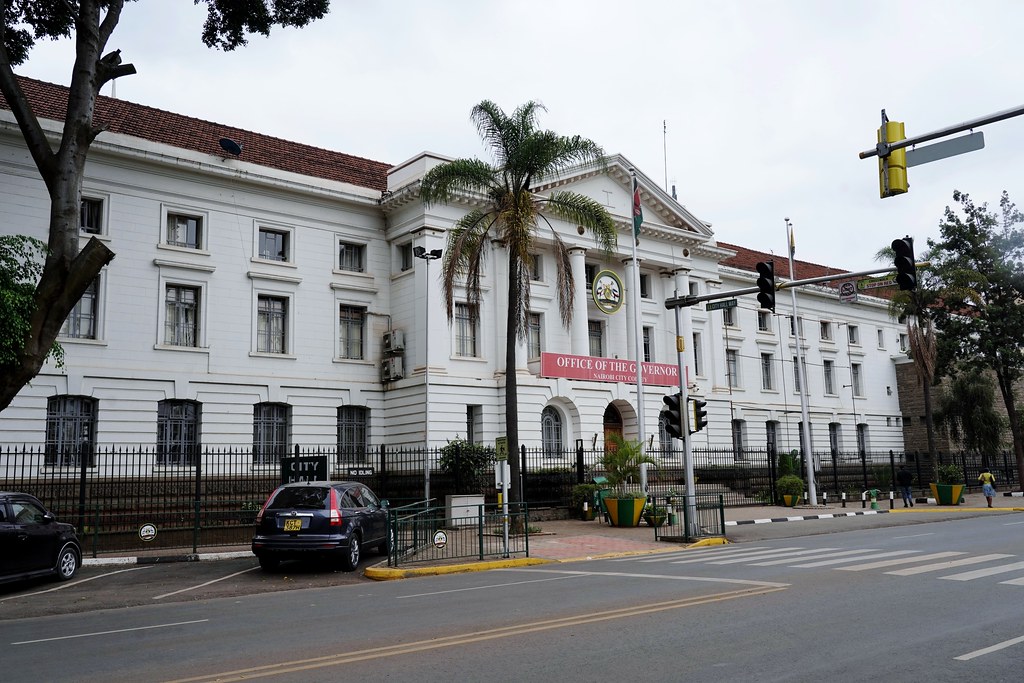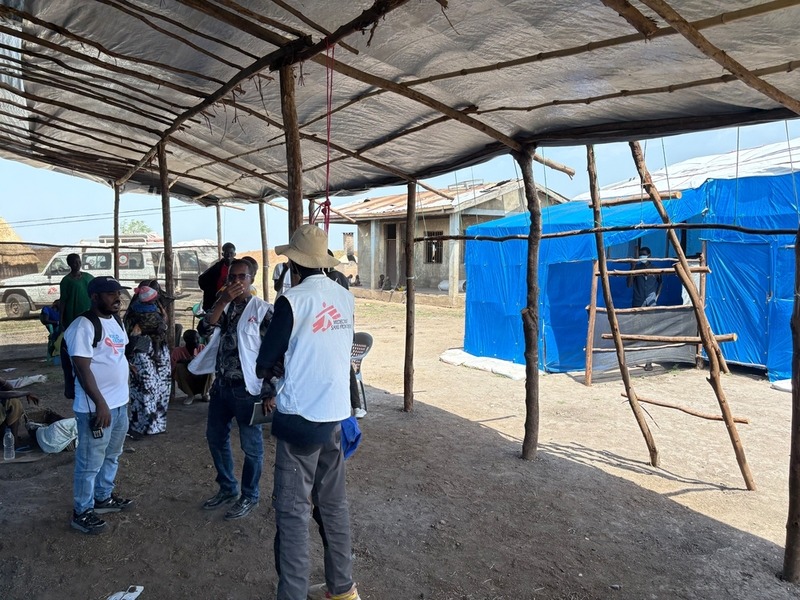Ten counties see zero development spending among them Nairobi and Homa Bay counties

Across Kenya, a shadow of disillusionment stretched over ten counties. For three long months, their development budgets lay untouched, gathering dust in bureaucratic corners while the needs of the people went unaddressed.
Across Kenya, a shadow of disillusionment stretched over ten counties. For three long months, their development budgets lay untouched, gathering dust in bureaucratic corners while the needs of the people went unaddressed. The Controller of Budget's report, a stark exposé, revealed a shocking truth: ten governors had not spent a single shilling on development.
In Nairobi, the ever-busy capital, Governor Johnson Sakaja's administration became a symbol of this paralysis. The city, teeming with potential, remained choked by its dysfunction. Potholes cratered the roads, mountains of garbage, healthcare facilities groaned understaffed, and education languished in overcrowded classrooms. Meanwhile, whispers of lavish expense accounts and bloated administrative costs swirled around city hall, adding insult to injury.
More To Read
- City Hall opens six-month window to regularise non-compliant properties
- Parliament seeks Controller of Budget control of Sh63 billion Housing Levy to curb misuse
- Governor Sakaja unveils six-borough structure to enhance service delivery
- Why City Hall moved hospital accounts to Sidian Bank- Sakaja
- City residents say Nairobi's illegal billboard cleanup favours some areas over others
- Controller of Budget urges faster adoption of e-GPS for public projects
Across the vast savannas of Samburu, Jonathan Lelelit's leadership bore a similar fruit. The nomadic communities, grappling with drought and dwindling resources, yearned for improved grazing lands, reliable water sources, and access to education. Yet, their pleas remained unheard, lost in the echo chamber of unfulfilled promises.
From Wajir in the north to Kericho in the west, the story repeated itself. Governors Wavinya Ndeti, Gideon Mung'aro, Cecily Mbarire, Ahmed Abdullahi, Simon Kachapin, Jeremiah Lomorukai, and Erick Mutai – their names became synonymous with stagnation. While their predecessors had laid the groundwork for progress, these leaders seemed content to preside over a standstill, leaving their counties adrift in a sea of unfulfilled potential.
But amidst the despondency, flickers of hope emerged. In counties like Nakuru, Makueni, and Bungoma, governors Susan Kihika, Mutula Kilonzo Jr., and Ken Lusaka, though falling short of expectations, at least allocated a meager portion of their budgets to development. Schools saw a new coat of paint, rural roads received a facelift, and small-scale agricultural projects sprouted, offering a glimmer of progress in the face of widespread neglect.
The Controller of Budget's report sparked outrage and ignited a nationwide conversation. Kenyans demanded accountability, transparency, and a renewed commitment to development. Social media erupted with hashtags like #NoCentSpent and #WastageCounty, holding their leaders' feet to the fire.
In the face of mounting pressure, some governors scrambled to defend their records. Justifications ranged from bureaucratic bottlenecks to unforeseen emergencies, each explanation ringing hollow to the ears of a disillusioned populace. Others simply remained silent, their inaction speaking volumes.
The story of these ten counties remains unfinished. Whether they will finally break free from the shackles of neglect and embrace the path of development, or continue to languish in the wasteland of unfulfilled promises, is a question that only time will answer. But one thing is certain: the citizens of these counties will not stay silent. They will continue to raise their voices, demand accountability, and fight for the future they deserve, a future where development is not a privilege, but a right.
Top Stories Today

